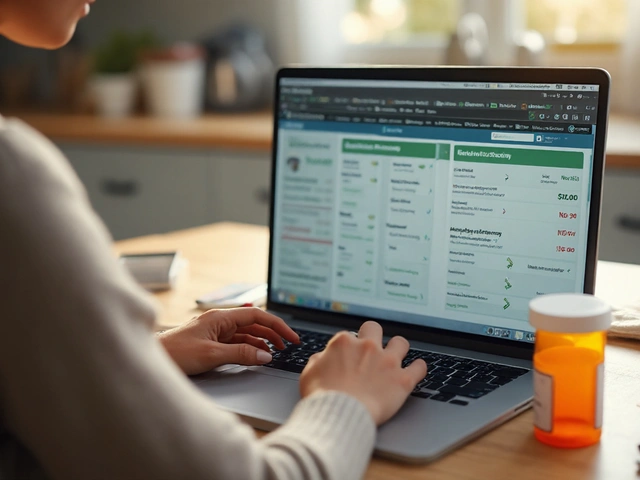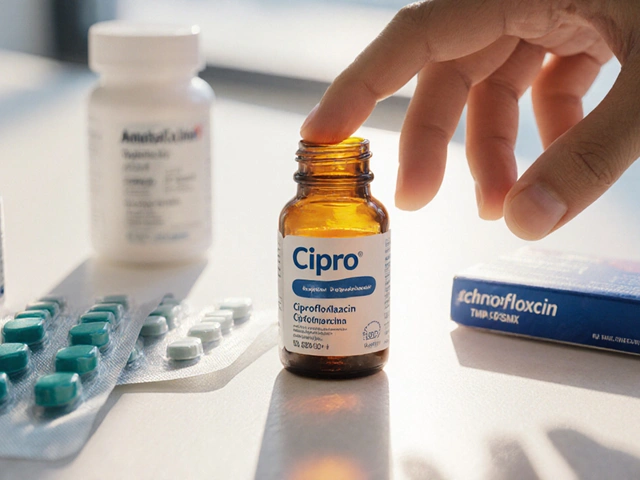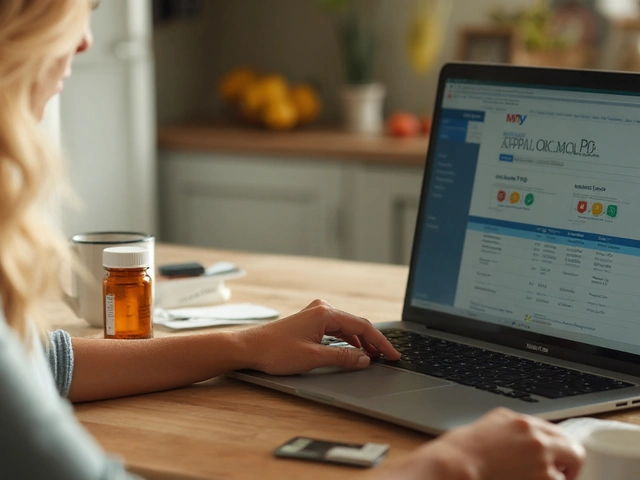Hypertension Basics: What You Need to Know Right Now
High blood pressure, or hypertension, is when the force of blood against your artery walls stays too high for a long time. Most people don’t feel any symptoms, but the damage builds up quietly and can lead to heart attacks, strokes, or kidney problems. The good news? You can keep it under control with a few daily habits and the right medicines.
Quick Lifestyle Fixes That Lower Blood Pressure
First, look at the salt you add to food. Cutting down to less than 2,300 mg a day can drop a few points on your reading. Swap salty snacks for fresh fruit, nuts, or unsalted popcorn.
Next, move a little. Even a 30‑minute walk, a bike ride, or a simple home workout a few times a week makes a big difference. Exercise helps blood vessels stay flexible and eases the heart’s workload.
Weight matters too. If you’re carrying extra pounds, losing just 5‑10% of your body weight can lower systolic pressure by 5‑20 mmHg. Small steps like smaller plates, mindful eating, and tracking meals work wonders.
Don’t forget stress. When you’re stressed, your heart pumps faster and blood pressure spikes. Try deep breathing, short meditation sessions, or a hobby that relaxes you. It’s not about eliminating stress—just giving your body a chance to reset.
Common Hypertension Meds and How They Work
When lifestyle changes aren’t enough, doctors prescribe medication. The most common groups are ACE inhibitors (like Lisinopril), ARBs (like Losartan), beta‑blockers, calcium channel blockers, and diuretics. Each works a different way—some widen blood vessels, others reduce fluid buildup, and a few slow the heart rate.
Talk to your pharmacist if you notice side effects such as cough, dizziness, or swelling. Often a simple dose tweak or a switch to another class solves the issue. Never stop a pill without checking your doctor; sudden changes can cause a dangerous rebound rise in blood pressure.
Keeping a medication list handy, noting the time you take each dose, and using a pill organizer can help you stay on track. If you travel, pack a few extra days’ supply and know the local pharmacy hours.
Lastly, monitor your numbers at home. A good digital cuff costs under $50 and gives instant feedback. Aim for a reading below 130/80 mmHg if you have other risk factors, or below 140/90 mmHg if you’re otherwise healthy. Record the numbers, share them with your doctor, and adjust your plan together.
Hypertension doesn’t have to be a mystery. By trimming salt, moving daily, managing stress, and understanding your meds, you can keep your blood pressure where it belongs—low and steady. Stay curious, ask questions, and take charge of your heart health today.
Did you know regular exercise can help reduce your risk of hypertension? It's not just about staying fit; moving your body can keep your heart healthy and blood pressure in check. Even simple activities like walking or gardening can make a difference. This article dives into how physical activity keeps hypertension at bay, offering tips and facts to help you stay informed and inspired.
Continue reading





